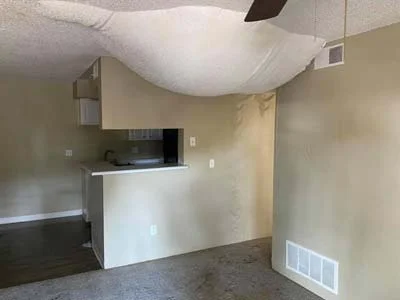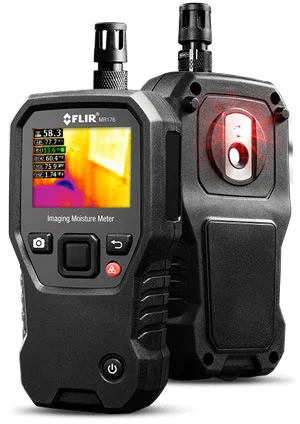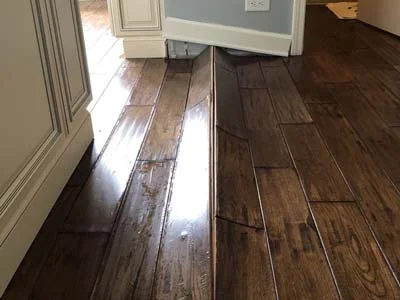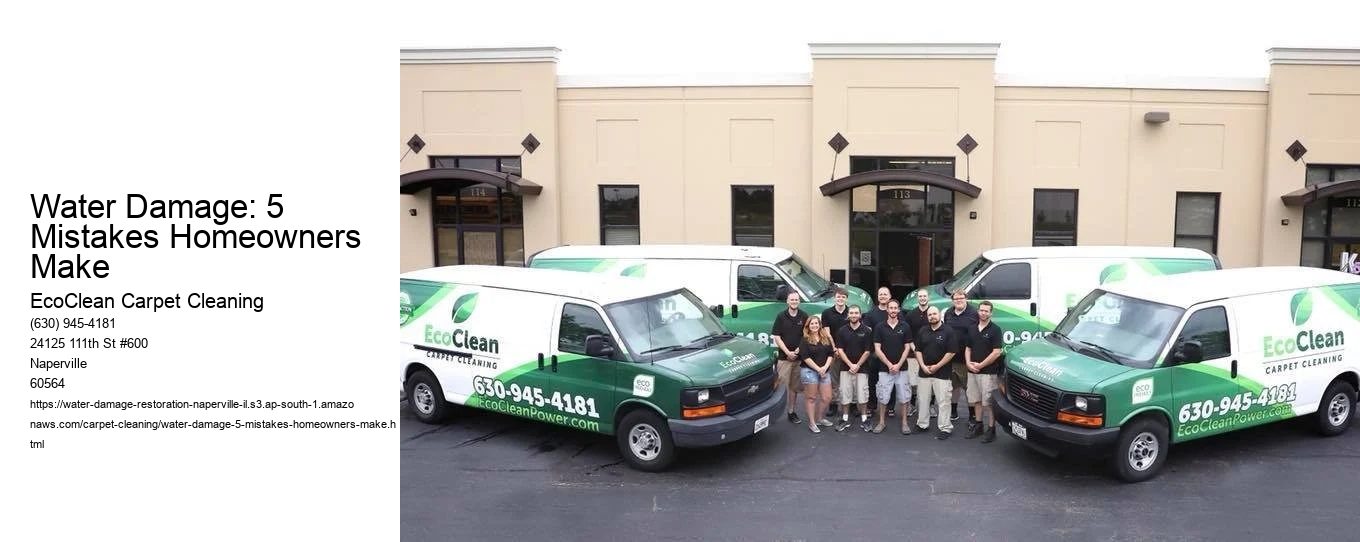Step 3: Dry the Affected Location
Bring back water damage is a precise process that needs mindful focus to information, and one of the most vital steps in this procedure is Step 3: Dry the Affected Location.
Water Damage: 5 Mistakes Homeowners Make -
- If you're dealing with Fast water damage repair in Naperville we grabbed our gear and headed out. How to Restore Water Damage: A Step-by-Step Guide .
- Looks like you typed Moisture detection Naperville IL we grabbed our gear and headed out.
Once the source of the water damages has actually been determined and stopped, and excess water has been removed, drying out the damaged location ends up being a concern. The drying out process is not just regarding allowing points air out; it includes strategic actions to guarantee that all moisture is removed effectively and thoroughly. This is essential because remaining wetness can bring about structural damages and create an excellent atmosphere for mold and mildew growth, which poses considerable wellness threats such as respiratory issues and allergic reactions.
To efficiently dry out the affected location, the very first job is to raise ventilation. Opening up doors and windows creates a cross-draft that aids in circulating air, which assists in the evaporation of dampness. Nevertheless, all-natural air flow alone might not be sufficient, especially in situations of comprehensive water damages. For that reason, using high-powered followers and dehumidifiers is suggested. These devices dramatically quicken the drying procedure by promoting air circulation and reducing moisture levels in the air, specifically. Industrial-grade devices can be especially useful for bigger areas or serious water damages, making certain that also the hard-to-reach areas are dried out correctly. Let’s be honest, you searched Insurance-approved water restoration Naperville IL we’re already on our way with towels and tools.
In addition to mechanical drying methods, it is important to resolve any kind of absorptive materials that have been influenced. Rugs, furniture, and drywall can retain considerable quantities of moisture. In many cases, these products might require to be gotten rid of or changed if they are too saturated or have begun to create mold. For products that can be salvaged, professional cleaning and drying solutions could be essential to guarantee they are adequately brought back and secure for use. As soon as water started pouring in, you searched Wall moisture removal Naperville we’re already on our way with towels and tools.
Keeping an eye on the drying out process is likewise a vital facet of this action. Normal checks must be conducted to assess the progression and make certain that all areas are drying evenly. Moisture meters can be useful devices hereof, supplying accurate readings of wetness degrees in various materials, thus permitting changes to the drying out method as required.
Ultimately, drying the afflicted area extensively is essential in the repair process.
Water Damage: 5 Mistakes Homeowners Make -
- Let’s be honest, you searched Mold cleanup service Naperville we knew it was go-time for our pros.
- Naperville basement flooding help
- Naperville IL flood cleanup specialists
- Water damaged ceiling fix Naperville
Step 4: Clean and Disinfect

Recovering water damage is a thorough procedure that calls for a systematic technique to make certain the safety and stability of your home. One crucial stage in this procedure is Step 4: Tidy and Disinfect. This action is critical not only for aesthetic repair but likewise for guarding the wellness of the household.
When water infiltrates a home, it often brings with it a host of pollutants, consisting of dust, microorganisms, and potentially dangerous microorganisms. These can stick around on surface areas long after the water has receded, positioning continuous health and wellness threats. For that reason, cleaning and disinfecting is not practically getting rid of noticeable crud; its concerning eliminating unseen dangers that might jeopardize the safety of your living setting.
The cleansing process begins with removing any kind of particles and dirt left by the water. This entails scrubbing surface areas with appropriate cleaner that are developed to lift away residues. It is essential to utilize cleaning agents and cleansers that are suitable for the products in your home, whether thats timber, ceramic tile, or rug. This ensures that the cleansing procedure does not accidentally cause further damages.
When the preliminary cleansing is full, the following step is disinfection. This is where the actual battle against bacteria and mold and mildew begins. Anti-bacterials are created to kill virus that might bring about health problem or exacerbate allergies. It is necessary to select a disinfectant that works against a wide variety of microorganisms. Pay special attention to locations that are vulnerable to wetness, such as basements, restrooms, and kitchens, as these areas are a lot more at risk to mold growth.
Along with using chemical disinfectants, there are natural alternatives like vinegar and hydrogen peroxide, which can be effective in specific scenarios. Nonetheless, it is critical to recognize the restrictions of these natural options and guarantee they appropriate for the level of contamination you are addressing.
Throughout this action, personal safety should not be forgotten. Putting on safety gear, such as gloves and masks, can protect against exposure to dangerous chemicals and pathogens. Air flow is likewise essential; keeping home windows open and utilizing fans can aid to dissipate fumes from cleaning agents and quicken the drying out procedure.
Ultimately, the goal of cleaning and sanitizing after water damages is to recover your home to a safe and habitable problem. This step lays the structure for any kind of additional reconstruction efforts, such as repair services and restorations. By extensively resolving both visible and unseen impurities, you not just safeguard your home's structure but also guarantee a healthy setting for you and your family. In the consequences of water damage, making the effort to tidy and sanitize appropriately
Tip 5: Repair Service and Recover Broken Products

Water damage can be a terrible event, leaving homeowner feeling overwhelmed and uncertain about just how to proceed. Tip 5 in the procedure of recovering water damages-- Repair and Restore Broken Items-- is vital in restoring the remnants of what as soon as was, turning the chaos right into a semblance of normality. This step is not nearly fixing what is damaged; it is about recovering your space, maintaining cherished memories, and bring back capability to your home or service.

The fixing and repair process starts with an extensive evaluation of the damages. This entails recognizing which things can be recovered and which are beyond repair. It is essential to prioritize things based upon their value, both financial and sentimental. Furnishings, electronics, and crucial documents often cover the checklist. Specialist repair solutions can be invaluable in this phase, as they have the proficiency and devices needed to examine the extent of damage and the possibility for healing.
When the assessment is full, the real repair work begins. For furnishings, this may indicate drying wood items, reupholstering sofas, or refinishing surfaces that have been spoiled by water. For electronic devices, expert service technicians can commonly tidy and repair service internal elements, bring back performance to tools that appeared lost. It's essential to act promptly, as extended exposure to wetness can trigger additional deterioration and complicate the repair work process.
Reconstruction likewise includes resolving the structural components of a residential or commercial property. Wall surfaces, flooring, and ceilings may require to be fixed or changed, depending on the seriousness of the damages. This might involve removing and replacing drywall, sanding and redecorating hardwood floorings, or re-carpeting areas. The goal is to recover the home to its pre-damage state, guaranteeing it is risk-free, habitable, and aesthetically pleasing.
Throughout this process, making use of specialized tools and products is important. Dehumidifiers and industrial fans assist remove wetness from the air and surfaces, avoiding the development of mold and mildew and mildew. Cleaning representatives and anti-bacterials are used to sanitize things and surface areas, guaranteeing that they are free from unsafe pathogens that water damages can bring.
One more crucial aspect of this step is the mental remediation. Water damages can be psychologically tiring, and bring back items can bring a feeling of closure and recovery. As you repair and recover your items, you are additionally restoring your sense of home and safety and security. This step has to do with more than just physical repair service; it has to do with piecing together the textile of your every day life, one thing at a time.
In conclusion, Step 5: Fixing and Recover Dam
